8 of 8 Items .... Type: Comparisons
Problems, Questions, and Puzzles to spark discussion and argument in the maths classroom.
Navigation:
- by Source
- by Course
.... - Problem Type: 101 Things
3ACT
ASN
ChatGPT
Combinatorics
Comparisons
Constructions
Create a Problem
DebateMath
Definitions
DESMOS Art
Desmos Challenge
DoThis
Epiphany
Equity
Explainer
Find the Error
Find the Pattern
Game
Geometry Snacks
Graphicacy
Graphical Approach
How Many Ways?
How Many?
Illusion
Impossible Problem
MathArt
MathStrategy
MathTip
Meme
Mimizu
Modeling
New
New Understanding
Notation
Notice, Wonder
Number Theory
Number_Search
Number_Talks
Open Middle
Optimization
Pedagogy
Policy
Proof Without Words
Puzzle
Rates
Ratios & Proportions
Raw Pure Math
Regressions
Sensible?
Sidewalk Chalk
Smart Substitution
Starters
Strategy
Terminology
The Hook
The RealWorld
Topology
Understandings
VennWords
Wait. Really?
WCYDWT
What If
What is This?
What Questions
Which Would You Choose?
WODB
Yohaku
. . . View This Fullsize
A slightly different question about tangential circles and the spaces in between.
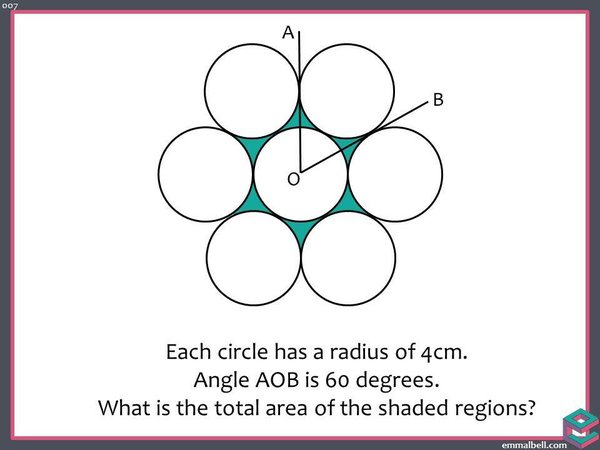
Compare this question to the following, from the 2004 SAT Practice Test:
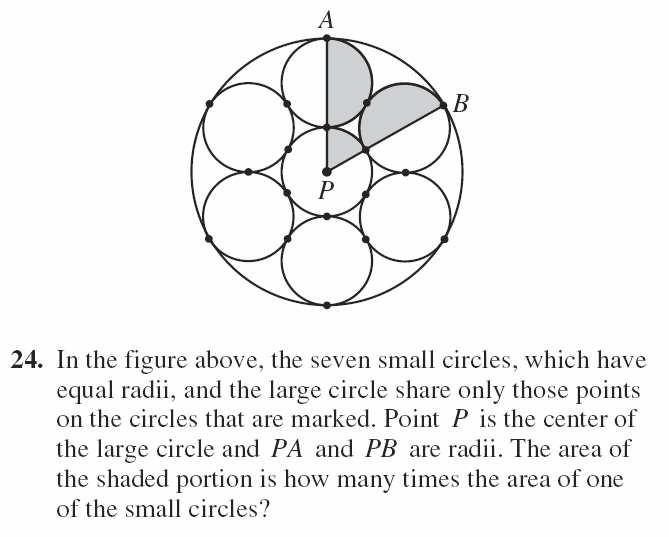
- Which question seems harder? What are the difficult aspects of each?
- Do we have to specify the angle APB?
- How are these two questions different in terms of the knowledge they require for solving?
- Is this question made harder by the "how many times" part? Does that phrasing make the question unnatural?
.: [GEOM], [Emma Bell], [Comparisons].
. . . View This Fullsize
Scenario 1: Which winning number group is more likely to occur?
1-2-3-4-5-6 OR 4-8-15-16-23-42
Scenario 2: Which winning number group is more likely to occur if the numbers are drawn in any order and THEN put into ascending order by the presenter?
1-2-3-4-5-6 OR 4-8-15-16-23-42
In which of the above two scenarios is getting the winning numbers more likely?
.: [STATS], [Jeff Suzuki], [Comparisons].
. . . View This Fullsize
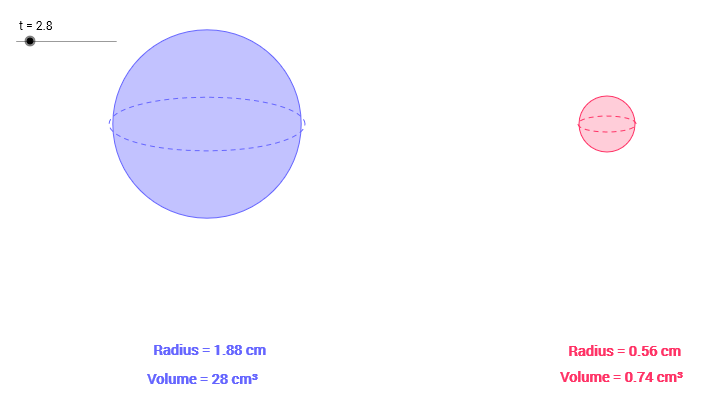
We've all seen this problem, but many of our students haven't. It's the related rate problem from calculus: the balloon being filled with air.
There are two questions being demonstrated here.
(1) "If the volume increases at a constant rate, what is happening to the radius?" and
(2) "If the radius increases at a constant rate, what is happening to the volume?"
The first question is to figure out which situation is modeled in red and which in blue.
Then we can ask:
- Does the radius increase at a constant speed in both models? How can you tell?
- Does the volume increase at a constant speed in both models? How can you tell?
- Where or how, in the RealWorldtm, could we see the constant increase in volume?
- Where or how, in the RealWorldtm, could we see the constant increase in radius?
.: [CALC], [Kate Nowak], [Comparisons].
. . . View This Fullsize

Which is true?
Left side is larger than Right side
Right Side is larger than Left Side.
The two sides are equal.
Not enough information?
How can we deal with this WITHOUT a calculator?
.: [SAT], [Curmudgeon], [Comparisons].
. . . View This Fullsize

Which one is the better question?
Which one is easier to solve?
.: [GEOM], [internet], [Comparisons].
. . . View This Fullsize
Which lock is more secure?
1.
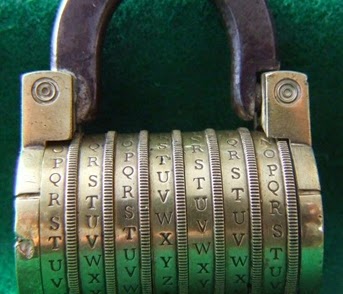
2.
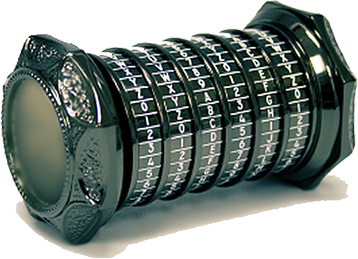
3. (three numbers needed)
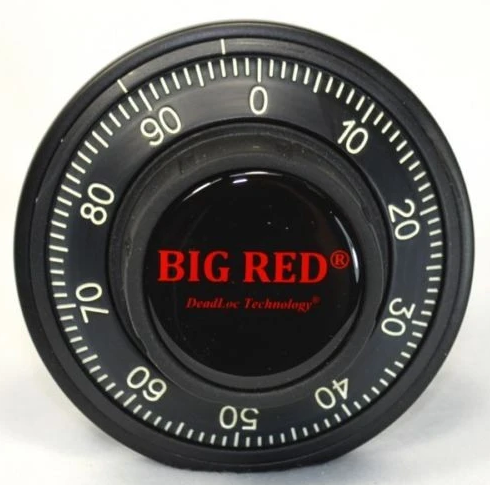
.: [PROBABILTY], [T.R.Milne], [Comparisons].
. . . View This Fullsize
Which one is most secure?
Three numbers ...
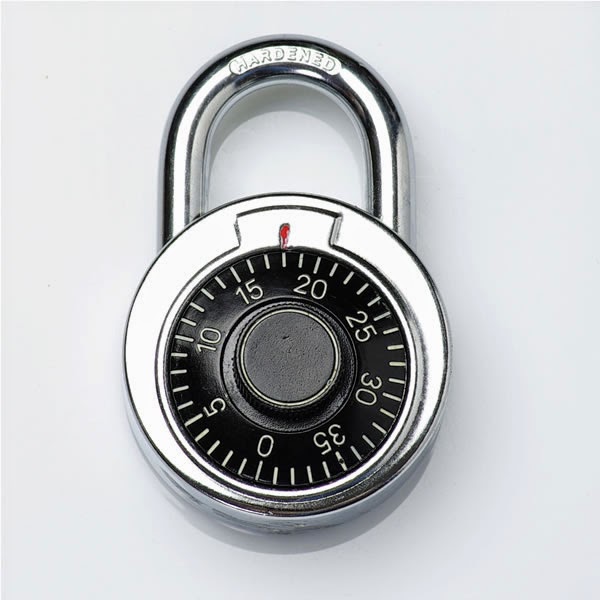
This one with three extra wheels you can swap in ...
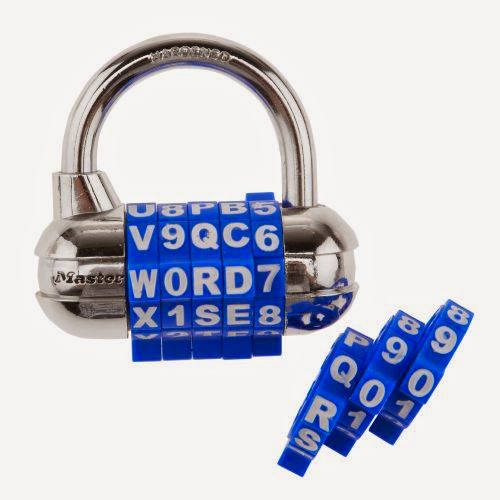
Or this one, with three letters?
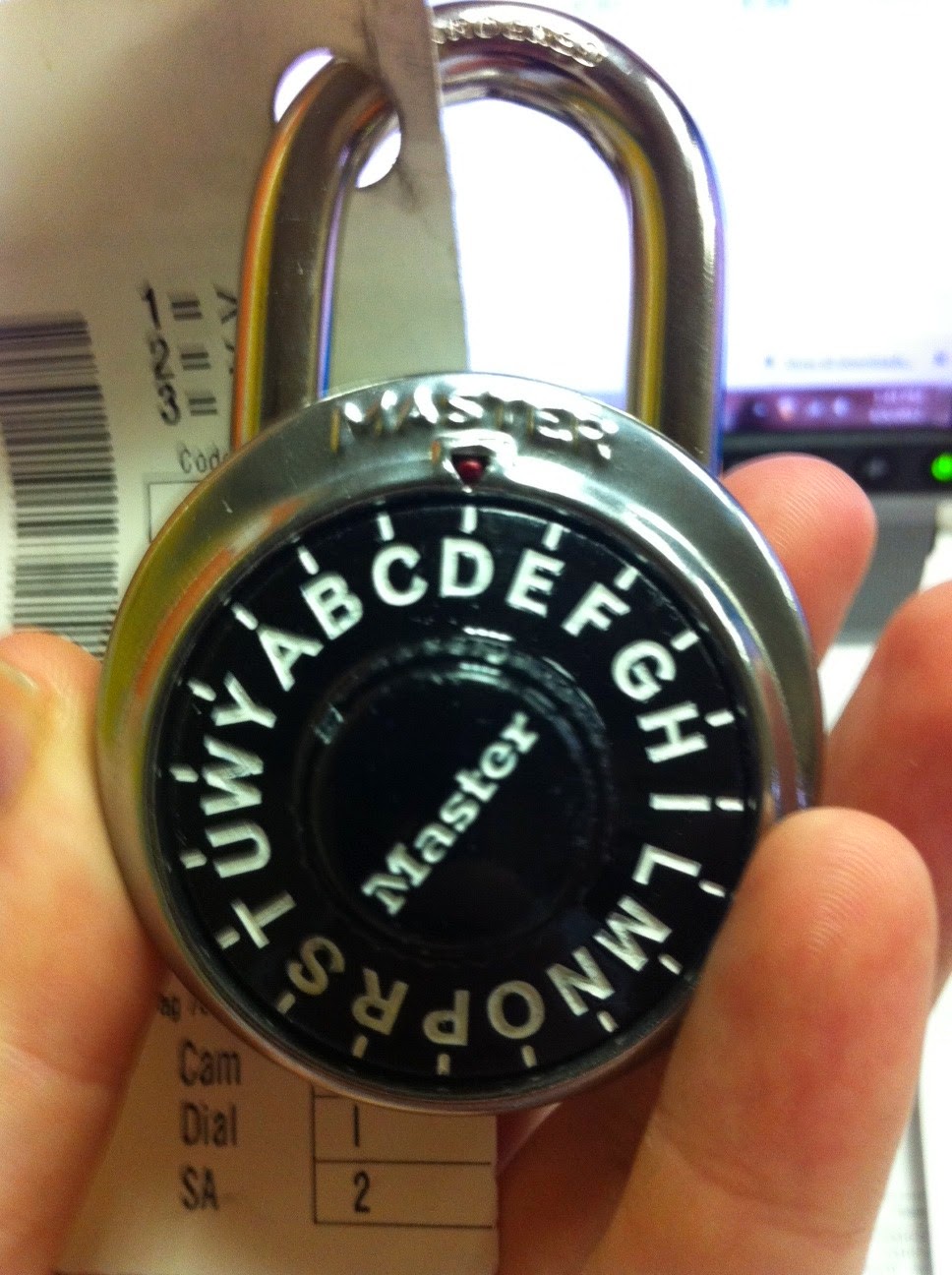
.: [PROBABILTY], [T.R.Milne], [Comparisons].
. . . View This Fullsize
Is this the largest parabolic segment that can fit in a square?
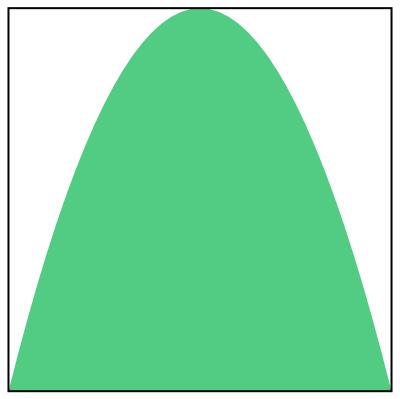
... You sure this one isn't just a little bit larger?
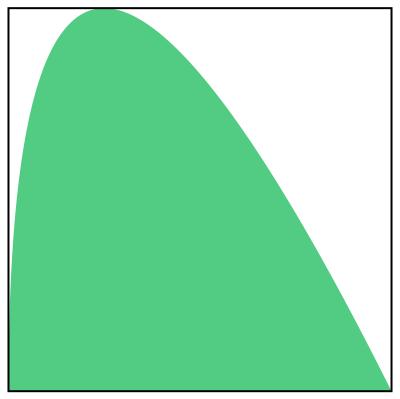
.: [PRE-CALC], [Matt Enlow], [Comparisons].